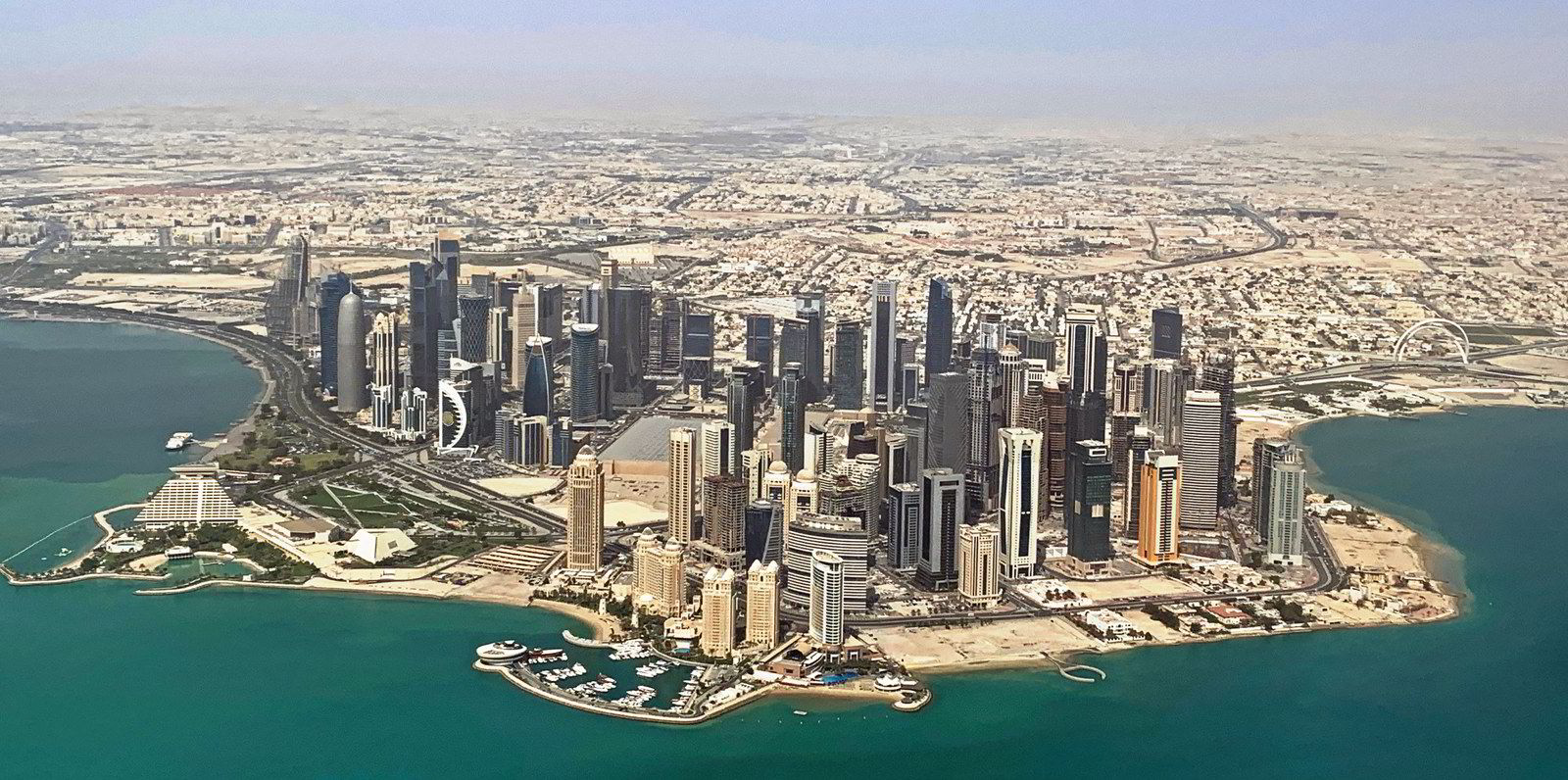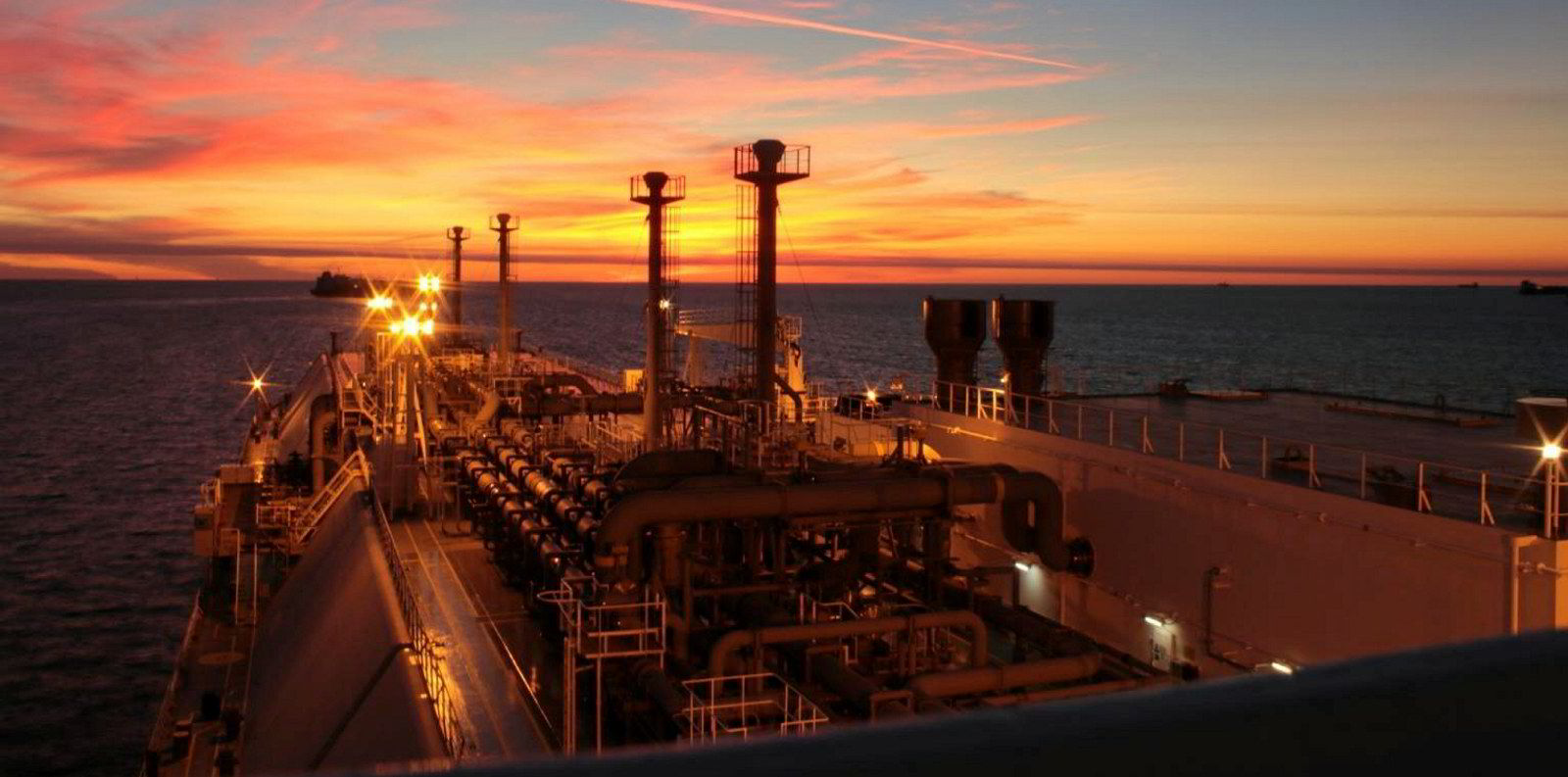Qatargas has bought a fleet of ten steam-turbine LNG carriers that it had on long-term charter from a consortium of four Japanese shipowners.
The vessels have been serving the LNG producing giant’s Qatargas 1 project.
The Japan Maritime Daily revealed that the sale of the 137,000-cbm vessels was agreed on expiration of their 25-year time-charter contracts with Qatargas, which dovetailed with the end of Qatargas’ sales contract with a Japanese power utility.
The Japanese-built vessels, which were delivered in the period between 1996 to 2000, will continue to be technically managed by Japan’s Mitsui OSK Lines, NYK Line and K Line. Iino Kaiun is the fourth member of the shipowning consortium that originally controlled the Moss-type vessels.
Sources familiar with the charter contracts told TradeWinds that Qatargas had an option to buy the ships at a discounted price, which was agreed when their original time-charter parties were drawn up.
They suggested that the price would be close to the residual value on the vessels, which would likely be around or just over $10m per vessel.
An eleventh vessel in the Qatargas 1 fleet, the 135,000-cbm Dukhan (built 2004), is not believed to be included in the sale.
The vessel has previously been named as a proposed floating storage unit for Swan Energy’s Indian LNG import project.
Qatargas’s decision to buy has surprised some in the industry, who expected the Qatari giant to hand the ships back to their owners when their contracts expired.
The vessels are all over 20 years old and significantly smaller, less efficient and likely to produce higher emissions than their more modern 170,000-cbm newbuilding cousins.
| Name | Capacity | Built | Yard | Technical manager | Long-term charterer |
| Al Khor | 135,000. | 1996 | Mitsuibishi Heavy Industries | NYK | Qatargas |
| Al Zubarah | 135,000. | 1996 | Mitsui Engineering & Shipbuilding | MOL | Qatargas |
| Al Wajbah | 135,000. | 1997 | Mitsuibishi Heavy Industries | MOL | Qatargas |
| Broog | 135,000. | 1998 | Mitsui Engineering & Shipbuilding | NYK | Qatargas |
| Zekreet | 135,000. | 1998 | Mitsui Engineering & Shipbuilding | K-Line | Qatargas |
| Al Bidda | 135,270. | 1999 | Kawasaki Heavy Industries | MOL | Qatargas |
| Al Wakrah | 135,310. | 1998 | Kawasaki Heavy Industries | MOL | Qatargas |
| Al Rayyan | 135,359. | 1997 | Kawasaki Heavy Industries | K-Line | Qatargas |
| Doha | 137,262. | 1999 | Mitsuibishi Heavy Industries | NYK | Qatargas |
| Al Jasra | 137,500. | 2000 | Mitsuibishi Heavy Industries | NYK | Qatargas |
This could become particularly apparent when the incoming Energy Efficiency Existing Ship Index (EEXI) and Carbon Intensity Indicator (CII) regulations come into force in January 2023.
But sources following Qatari LNG shipping said Qatar may have opted to keep the vessels as a stopgap until the newbuildings being pursued by state-controlled QatarEnergy under its large construction program become available.
‘Interim arrangement’
One said it could be “an interim arrangement”, suggesting that Qatargas would be able to net double their purchase price if it opted to later sell the ships for scrap.
Others said the vessels could also prove potentially useful as regionally trading LNG carriers, shipping cargoes from Qatar to nearby markets in India, Pakistan and Bangladesh.
Several sector observers commented that Japan’s big three owners – MOL, NYK and K Line – are likely to be key bidders for the newbuildings QatarEnergy is currently pursuing.
The Qatari giant, which is expanding its production and looking at vessels for US exports and fleet renewal, is currently assessing bids from shipowners. It is expected to marry these with the 16 berths it has already declared for vessels in the coming weeks.
The 10 LNG steamships which have been sold were built to serve Qatar’s first exports under its Qatargas 1 project, which was controlled by Qatar Petroleum in partnership with ExxonMobil, TotalEnergies, Mitsui & Co and Marubeni Corp.
The project comprised three 3.3 million tonnes per annum production trains with exports destined for Japan and Spain under term contracts.
The first cargo was exported in 1996.






